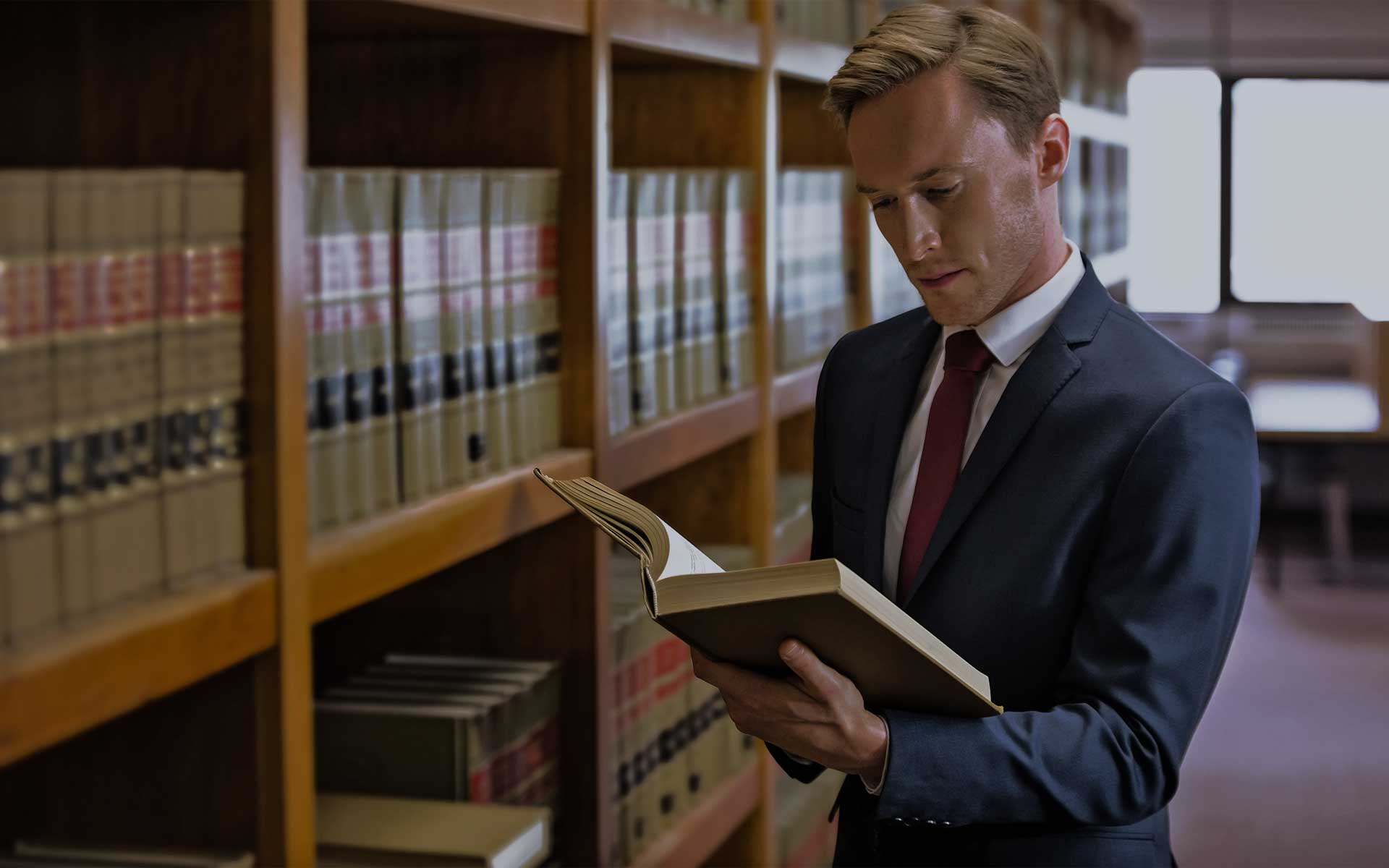Panelists Warn Senate IP Subcommittee Against Drastic Measures on Patent Quality

The Senate Judiciary Committee’s Subcommittee on Intellectual Property, headed by Senator Thom Tillis (R-NC), yesterday heard from five witnesses on ways to improve patent quality at the U.S. Patent and Trademark Office (USPTO). Suggestions ranged from fixing patent eligibility jurisprudence to strengthening efforts on international work sharing, increasing patent application fees, and allotting more time for the examination process. The majority of panelists warned against the dangers of using patent quality as a means to simply block broad swaths of patents that particular industries or entities don’t like, and emphasized that clarifying U.S. patent law would likely go a long way to curbing invalidation rates.
Tillis opened by reminding those listening of the Subcommittee’s work—this was the tenth hearing on intellectual property this term, but the first on patent quality. While Tillis acknowledged that “many good, high-quality patents are being improperly invalidated under section 101,” alluding to the “madness” of the recent Chamberlain decision, in which a garage door opener was found abstract, he said that poor quality is still an issue that needs to be addressed:
“I believe that some patents are being issued that clearly have prior art and novelty/ non-obviousness problems under [Sections] 102/103 and definitely have scope and written description problems under 112. It’s wrong to put applicants through the rigorous examination process only to grant a patent with defects and flaws. It’s unfair to licensees who are building businesses around licensing a product that potentially never should have been patented, and it’s unfair to the American public, who tolerate time-limited monopolies in exchange for truly innovative inventions.”
How the USPTO is Addressing Quality
The hearing’s first witness was Drew Hirshfeld, Commissioner for Patents at the USPTO. He told the Subcommittee that the USPTO’s most recent Patent Application Perception Survey showed the highest perceptions of patent quality since the survey’s inception 12 years ago, that pendency is at its lowest since 2002 despite applications doubling since that time, and applauded the technical expertise of the Office’s 8,300 examiners. Some of the major challenges facing examiners, however, are the need to “navigate changing jurisprudence in the constraints of a rigorous production system,” and the ever-expanding universe of prior art. The USPTO is actively pursuing initiatives to improve patentability searching and streamline examination, including through the issuance of guidance of Section 101; adjusting examination times; development of a new docketing system, to be implemented by October 2020; and enhanced automation tools, including using artificial intelligence for examination. Hirshfeld told Tillis that new filings increased by 4.9% this fiscal year, and that the current examiner-to application ratio was a good one, but that the Office still plans to hire about 600-700 examiners in the coming years to account for attrition.
During questioning, Senator Chris Coons (D-DE), the Subcommittee’s Ranking Member, asked Hirshfeld if freeing up examiner time spent on unraveling patent eligibility jurisprudence would potentially help to improve patent quality. Hirshfeld said that, while in recent years training and re-training on eligibility law has been one of the Office’s biggest struggles, the January Section 101 guidance issued by USPTO Director Andrei Iancu has “gone a long way.” He added: “The more clarity we have in the whole system, that would free up time on other issues. Before the guidance, we were having to give examiners more time for 101 analysis. We’re in a much better place now.”
Attempts to Isolate Quality Could Undermine the System
Professor R. Polk Wagner of the University of Pennsylvania Law School kicked off the second panel, which Hirshfeld joined, with a clear warning to the Subcommittee:
All too often ‘poor quality’ is deployed as shorthand for patents I don’t like or that might be used against me rather than as a useful description of a specific systemic problem. While I agree there are certainly too many patents that don’t meet the standards…advocates of patent quality describe a set of reforms that generally center around issuing far fewer patents in particular industries, and this I think would be a mistake.
Wagner, whose research has shown that even small changes can result in a significant drop in participation in the patent system by small entities, said that such measures could cause the pendulum to swing too far in favor of large and established firms at the cost of startups and individuals, and that some solutions could be counterproductive. For example, “One could make standards for patentability so high that almost no patents got issued. Those patents would be in some sense high quality, but that would undermine the entire system,” he said.
Wagner noted that “nobody worldwide has quite figured out” how to maximize quality and efficiency at the scale the USPTO is working on, and said that the Subcommittee should pay more attention to the current incentives applicants are being given. “Right now, unfortunately, because of some case law, many patentees have incentives to make their patent documents as unclear as possible in order to get what they think is the most advantageous patent for their own circumstance.” He added that a reluctance to amend and claim construction are other areas that must be addressed. “In my view there’s no single issue that’s more important or more damaging to the patent system today than the fact that nobody has any idea what a patent means until you spend eight years and $10 million litigating,” Wagner said.
Changing Examiner and USPTO Incentives
Professor Melissa Feeney Wasserman of the University of Texas at Austin School of Law spoke next. Wasserman recently briefed congressional staffers on her proposals for improving patent quality, which are based on findings she and Professor Michael Frakes of the Duke University School of Law laid out in their paper, Irrational Ignorance at the Patent Office, recently published by Vanderbilt Law Review. Wasserman is a proponent of increasing fees as a means of reducing incentives to grant patents, since issuance and renewal fees currently only apply if a patent is granted. Wasserman said that current front-end application fees do not cover the costs of examination time and that the Office is too heavily dependent on these back-end fees. Her proposal would raise initial fees for large entities by about $3,000 and abolish issuance fees. Wasserman also expressed concerns about the U.S. system’s use of continuations, which she said mean the agency can never truly reject an application, and proposed increasing the amount of time provided for examiners to review applications. On average, examiners spend 19 hours reviewing an application, she said, and may feel pressure to allow an application within that time frame under the current system. “As examiners are given less time to examine, they’re more likely to grant patents,” she said.
Focusing on Better Prior Art Searches
Teresa Stanek Rea of Crowell & Moring and former acting and deputy director of the USPTO, opened by saying she never uses the phrase “bad patents.” “The strength of a patent depends on perspective,” Stanek Rea said. “There have been times when groups of patents have been declared invalid, but most often because of substantial changes in the law. It’s not useful to say that a particular patent is bad without providing context.”
She added that we should not be relying on post-issuance review of patents to ensure quality and emphasized focusing on international work sharing options and the global dossier, as well as the crowdsourcing opportunity presented by the America Invents Act for third parties to identify potentially relevant prior art “We need to encourage third-party submissions, because [the program] is not as robust as anticipated,” she said.
The final panelist was Professor Colleen Chien of Santa Clara University School of Law. Chien’s chief concern was examiners’ access and attention to prior art vetting. While examiners are good at looking at prior art patents, they often don’t expand their prior art searches far enough out into the non-patent literature, Chien said. She added that the Office should take seriously the robustness of prior art searching and create a metric that would include all of the different sources of prior art. Pointing to the European Patent Office (EPO) as a model, she explained that despite its lower grant rate, slower timings and higher fees, applicant satisfaction is higher at the EPO. Chien said the EPO’s bifurcated process, which includes a front-end prior art search that comes back to applicants before the full examination process proceeds, helps applicants to feel more in control of outcomes.
Chien also proposed that, since many industries use patents for purely defensive purposes, one option is to separate such patents by providing a “defensive-only” option for patent protection. She exhorted Congress to “continue focusing on what is important, not just what’s urgent,” explaining that, while Section 101 law deserves serious attention, patent quality is also extremely important. “What I’m seeing right now is that policymakers are debating drastic changes, like expanded use of march-in-rights, but not patent quality,” she said.
Back to The Drug-Pricing Debate
Senator Richard Blumenthal (D-CT) asked the panelists to comment on whether patent quality is a factor with respect to the phenomenon of “patent thickets” and “product-hopping” in the pharmaceutical industry, which have been chief focuses for Blumenthal this term. Wagner responded that “the patent system gets a bum rap for some of the behaviors of the pharmaceutical industry” and that it’s actually the interaction between patents and the Food and Drug Administration’s approval process that can create holdups and tie-ups. Hirshfeld added that the USPTO is equipped to prevent the improper extension of patents, but that “when there’s a great deal of innovation around a particular pharmaceutical that could lead to multiple patents, that is innovation that is bringing more drugs to consumers, and that needs to be taken into account.”
Stanek Rea, a pharmacist, bolstered this argument, saying that a patent thicket is very difficult to define, as innovation on a new molecule is desirable and should be encouraged. “If I can take [a drug] once a week instead of four times per day, patient compliance is going to be better. We have to look at the individual patents at issue,” she said.


